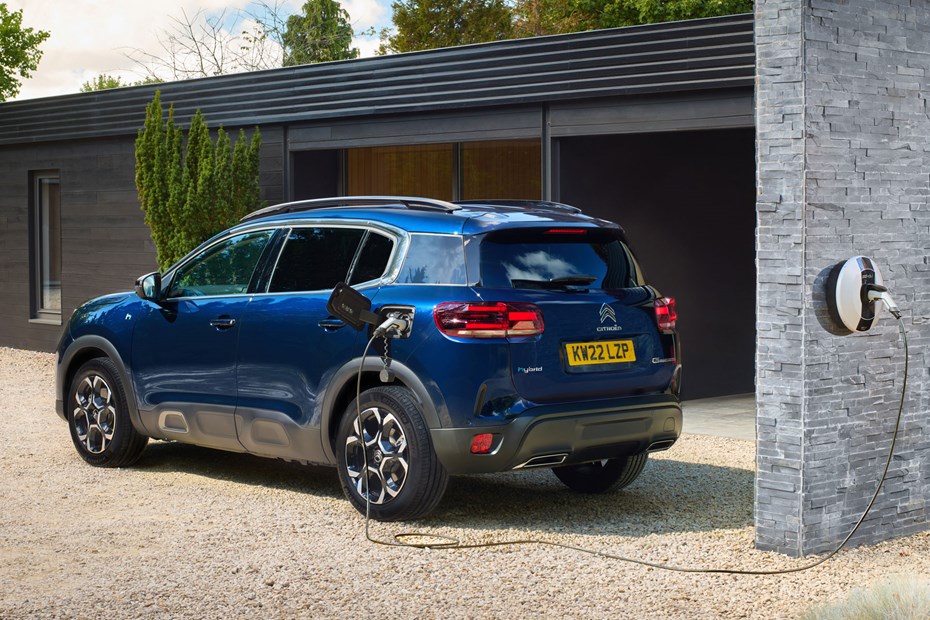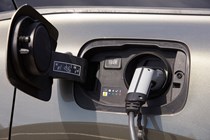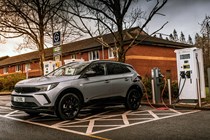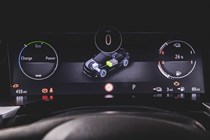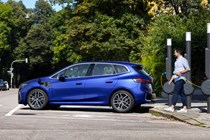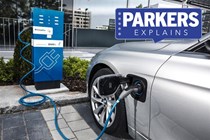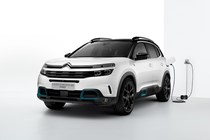Browse any list of the best new hybrid cars and you’ll encounter several plug-in hybrid electric vehicles – also known simply as plug-in hybrids or PHEVs. As the name suggests, a PHEV splits the difference between an internal combustion car and a full electric car – a compromise that really works for a lot of people.
PHEVs have the ability to drive on electric power alone with an internal combustion engine as back-up should the battery run out of charge. Company car drivers can make considerable tax savings with a PHEV, and there’s the potential for sky-high fuel economy, at least according to WLTP figures.
PHEVs come in many shapes and sizes. There are plug-in hybrid SUVs, lots of family cars, even a few vans. In this guide, we’re going to explain everything you need to know about plug-in hybrids including how they work and their pros and cons, to help you decide if a PHEV is the right car for you.
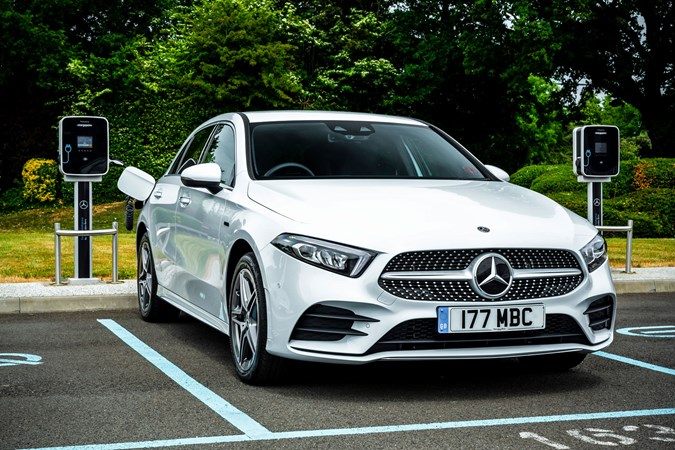
How does a plug-in hybrid work?
Plug-in hybrids have two power sources: a petrol or diesel engine and a battery-powered electric motor. Left to their own devices, the car’s computers work out which power source is best at any moment, switching between engine and battery power or blending the two. Most of the time, the car endeavours to achieve maximum efficiency, but floor the throttle and engine and motor power combine in full for punchier acceleration.
That applies equally to self-charging hybrids, so what’s the difference between them and a PHEV? It comes down to how the battery is recharged.
The battery in a self-charging hybrid such as the Toyota Corolla is topped up by regenerative braking; the engine can also operate as generator. Indeed, the latest Honda Civic hybrid’s engine isn’t connected to the wheels and functions purely as a generator.
PHEVs have much larger batteries than even the best self-charging hybrids to facilitate longer EV driving range. But those batteries are so big that they need to be recharged from a wall socket or EV charger – hence the term plug-in hybrid.
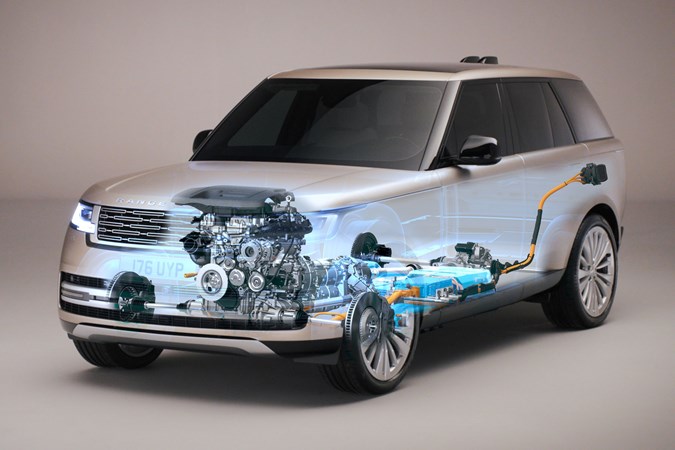
What’s a plug-in hybrid like to drive?
PHEVs combine elements of the petrol/diesel car and electric car driving experiences.
When the engine’s running, a PHEV feels exactly the same as any other ICE-powered car. The engine chunters away, gears change, power is delivered progressively.
Running on battery power, a PHEV feels exactly like any other electric car. It’s pretty much silent, the motor provides an instant hit of power and torque, there are no gear changes.
Under some circumstances, a PHEV will frequently switch between engine and electric power, as a self-charging hybrid does. The ‘hand-over’ between the two is seamless in some cars, decidedly jerky in others. When engine and electric power combine, a PHEV accelerates noticeably quicker than with one power source working alone.
Most PHEVs have a number of driving modes that mix and match the power sources. EV mode locks the car into running on battery power and it’ll only revert to the engine once the battery runs flat or the speed rises above a certain level – over 80mph in some cases. There may also be a power mode that extracts the most from engine and motor to boost performance.
Most of the time, though, you’ll likely leave the car in hybrid or auto mode, which combines the power sources to achieve the best efficiency.

The pros of plug-in hybrid cars
PHEVs have many points in their favour that could add up to one being the ideal car for you.
Electric driving range
Key to the appeal of PHEVs is their ability to drive for long-ish distances on battery power. How long a distance depends on the size of the battery. In some cases, range may only be 10 miles – still much more than a self-charging hybrid car achieve. But some PHEVs, like the Mercedes-Benz E300e, have over 60 miles of range.
Low running costs
How much a PHEV costs to run depends on your ability to maximise running in EV by regularly recharging the battery. Do so at home overnight and you can take advantage of lower tariffs to fully recharge for only a few pounds – less than an equivalent amount of fuel.
There are plenty of PHEVs that have sufficient EV range to cover most people’s daily commute for several days. So you could do all that mileage without using any fuel. When the engine does kick in, fuel economy can be on par with an equivalent petrol or diesel car.
No range anxiety
Many people like the idea of an electric car but they have range anxiety. Actually, infrastructure anxiety is a more apposite term. And it’s a legitimate concern, not being able to find an unoccupied, functioning EV charger when you need one during a journey.
But you don’t have to worry about that in a PHEV. If the battery goes completely flat, the car’s engine is there to get you to your destination.
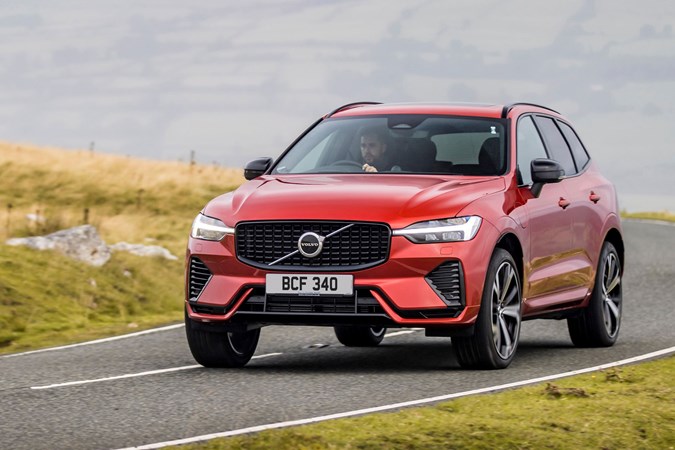
Low carbon dioxide emissions
PHEVs produce very low CO2 emissions when tested on the legally mandated WLTP cycle. The vast majority of them emit less than 50g/km, even really big SUVs like the Volvo XC90 Recharge which emits just 29g/km. That means vehicle excise duty – road tax – costs considerably less than it would for an equivalent petrol or diesel car, and you don’t have to pay to enter certain clean air zones.
Low company car tax
PHEVs are most popular as company cars because their low CO2 emissions translate to significant savings on benefit-in-kind tax rates. There are plans to factor EV range into the equation, as well, which is already resulting in manufacturers fitting considerably bigger batteries to their latest PHEVs.
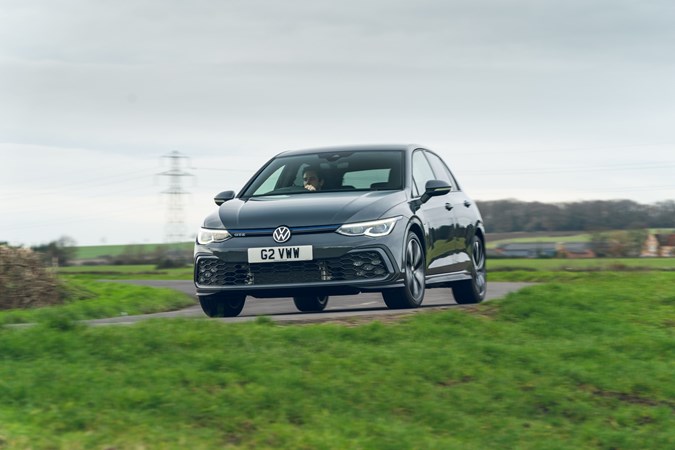
The cons of plug-in hybrid cars
For all their benefits, PHEVs do have some disadvantages when compared to petrol and diesel cars, and self-charging hybrids.
Higher purchase cost
Batteries and electric motors, plus the associated wiring and control systems add significantly to the cost of a car. A Peugeot 408 PHEV, for instance, costs over £8,000 more than the petrol version.
If you’re a company car driver and can claw that back in tax savings, a PHEV can make financial sense. But a private buyer would almost certainly be out of pocket over a typical three-year ownership period. Unless you can pick up a particularly competitive leasing deal.
Extra weight, worse handling
Plug-in hybrid systems aren’t just expensive – they’re also very heavy. For example, the Porsche Cayenne e-Hybrid weighs a whopping 300kg more than the petrol V6 version. The extra mass blunts performance and has a detrimental effect on handling. Every time you turn into a corner, you feel the hybrid system’s weight working against you, which makes driving less enjoyable.
Less boot space
Many plug-in hybrid cars weren’t originally designed to accommodate the hybrid system’s extra componentry. But it has to go somewhere, so it’s usually shoehorned into the largest empty space available – the boot. The boot floor gets moved up a few inches so the battery the system can be bolted in underneath.
The Audi Q5 TFSI e is one such car and its loses 85 litres of space compared to the petrol and diesel models. The latest generation of PHEVs are designed around the hybrid system but it can be so big and bulky that there’s still a boot space penalty.

Can be less efficient than petrol or diesel
If a PHEV’s battery runs flat, its engine takes over. That’s a considerable bonus because you don’t have to deal with the UK’s patchy EV charging network. However, that engine has an awful lot of work to do.
That’s because it’s lugging around several hundred kilos of flat battery, electric motor and so on that are surplus to requirements. As a result, fuel economy can be considerably worse than for an equivalent petrol or diesel car.
In addition, the official WLTP fuel economy figures published for PHEVs can be wildly overoptimistic because the test assumes much more EV running than most drivers can realise in the real world. EV range can also be well below the advertised figures.
Concerns about complexity and reliability
Many people are concerned about the impact the complexity of PHEVs has on long-term reliability. The battery and electric motor elements are proving to be generally very reliable, but other issues can crop elsewhere in the car that affect how the hybrid system works.
Issues with the 12-volt battery can cascade down to the hybrid system’s battery, for instance. Cars that are mostly driven on electric power can develop issues with the fuel injection and ignition systems through lack of use. And a PHEV’s weight can take a toll on suspension, brakes and steering components.
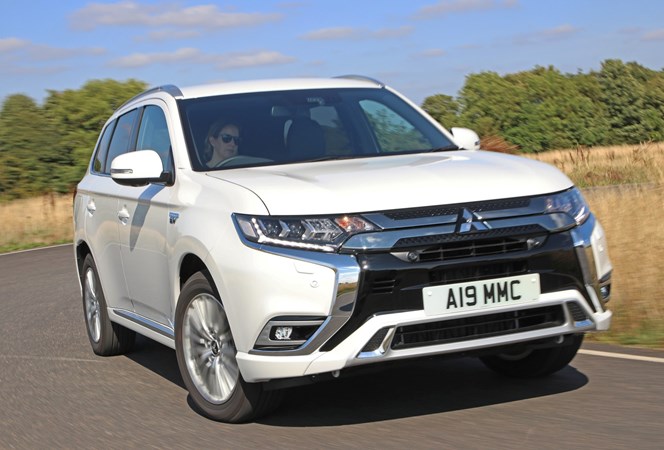
Would a plug-in hybrid work for me?
That entirely depends on how you use your car and your financial situation. If you’re a company car driver who couldn’t get along with an electric car, the tax incentives on PHEVs makes getting one a no-brainer. Especially if you do lots of short journeys and maximise driving in EV mode.
For private buyers, an equally solid case can be made if, again, you mostly do short journeys but need/want the safety net of an engine for longer journeys. But you’ll have to do the sums to calculate whether or not a PHEV is worth the extra expense compared to a petrol or diesel car.



